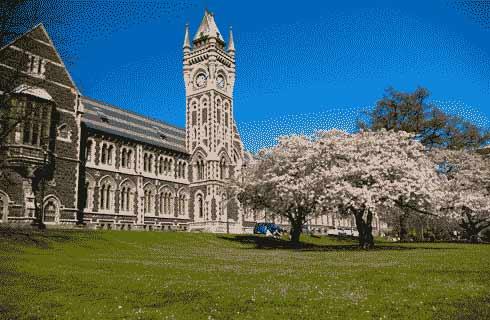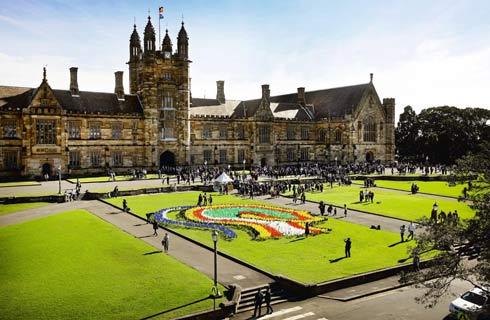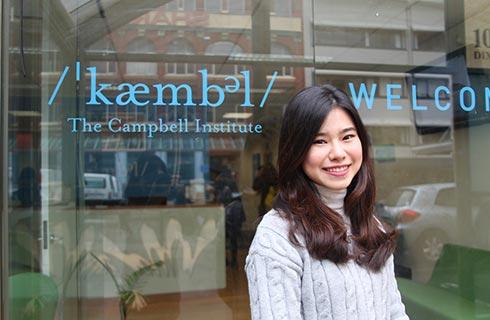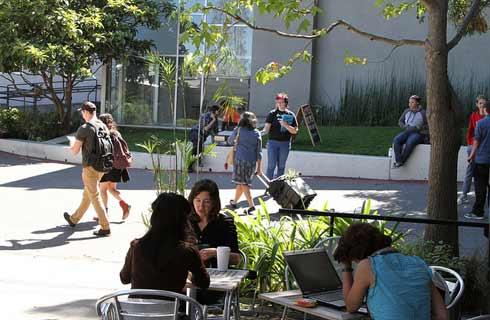
学历文凭
Bachelor Degree

专业院系
阿拉伯

开学时间

课程时长

课程学费

国际学生入学条件
All students will be expected to have completed the pre-university curriculum (Secondary School/High School) in their country prior to enrolling at UNC-Chapel Hill. English Language Tests: TOEFL minimum is 100; IELTS minimum is 7.0; PTE minimum is 68.
IDP—雅思考试联合主办方

雅思考试总分
7.0
了解更多
- 雅思总分:7
- 托福网考总分:100
- 托福笔试总分:160
- 其他语言考试:PTE score of 68
课程简介
相关申请

预科

奖学金

实习机会

在校学习

跨境学习

校园授课-线上开始

在线/远程学习
学校排名
世界排名
56
数据源:泰晤士高等教育世界大学排名
关于北卡罗来纳大学教堂山分校

北卡教堂山是全美第一所公立大学,从她成立到现在,已然过去了两个多世纪。作为美国最好的公立大学之一,UNC教堂山的校区占地729英亩,校园包括了一座艺术博物馆、一座天文馆、植物园、花园式教室等等。炙手可热的学术项目,世外桃源般的校园与南部卡罗莱纳湛蓝的天空相结合,为北卡教堂山赢得了“南方天堂”与“南方常青藤”等美誉。广泛的资源为北卡教堂山223个专业提供了坚实的学术后盾。这里最有影响力的专业是新闻与商科。UNC北卡竭力为学生提供尽可能多的课堂外研究机会,比如旨在培养企业家精神的Carolina Entrepreneurial Initiative,以及学生自己组织,每年为最好的商业企划提供五万美金奖励的Carolina Challenge。如果你厌倦了在教室之间奔波,可以选择到全美人文科学中心所在地Research Triangle Park,应聘做助理研究员。根据北卡罗来纳州的法律,UNC北卡必须保证至少82%的学生来自本州,这也导致了州外及国际学生申请录取的竞争非常激烈。不过,想一想“公立常青藤”的学术能力,雄伟壮观的校园,70个国家300个交流项目的机会,以及篮球之神乔丹母校的名望,为什么不申请呢?
本校相关课程






其他相关课程

詹姆斯·麦迪逊大学-国际学习中心(StudyGroup)


弗吉尼亚理工大学


华盛顿大学


堪萨斯大学


德保罗大学-EC高等教育


加州大学洛杉矶分校




